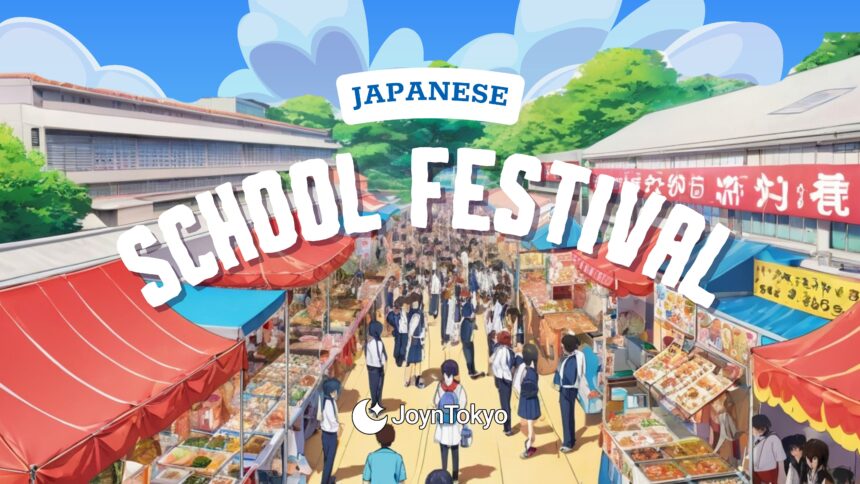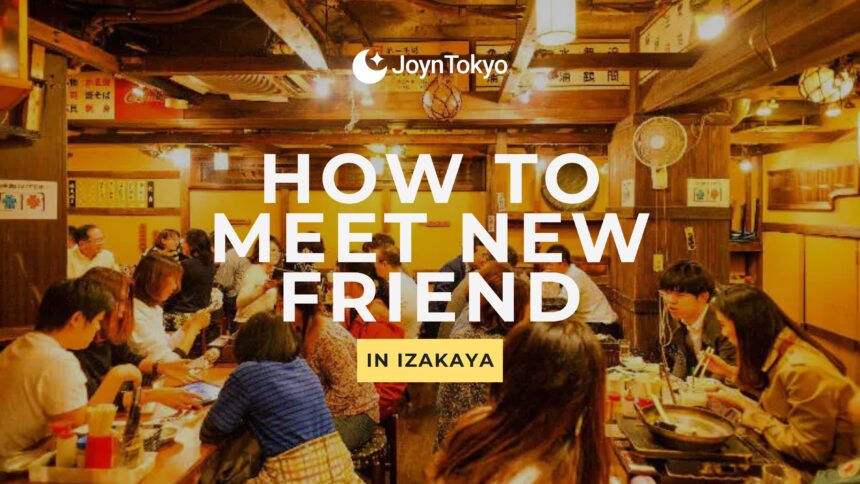Japanese gakuensai fuse education, community and pure youthful energy into one unforgettable weekend. For foreign residents, they are the closest you can get to everyday school life without enrolling yourself! This guide explains how the festival evolved, what to expect on the big day and how your family can participate with confidence.
1. Why School Festivals Matter
Every autumn, campuses open their gates to neighbours, alumni and curious travellers. In just a few hours you can taste homemade yakisoba (stir-fried noodles), applaud a student-written musical, and watch robotics clubs demonstrate inventions. That variety exists for good reason: gakuensai are designed to showcase student skills beyond textbooks, strengthen class teamwork and nurture ties with the wider community.
2. From Meiji Exhibitions to Modern Gakuensai

Before roaring brass bands and crêpe stalls, there were quiet “open house” days. During the Meiji era (late 19th Century) schools displayed science experiments alongside local industrial fairs. Post-1945 educational reforms encouraged more creative freedom, and by the 1970s festivals had morphed into lively public events run mostly by students. Today the Ministry of Education (MEXT) even counts festival planning hours toward integrated-studies credits.
Student-Led Committees
Each class elects representatives who draft budgets, book rehearsal rooms and resolve timetable clashes — practical lessons in project management.
Friendly Rivalry
Visitor head-counts are posted on hallway whiteboards, quietly fuelling competition with neighboring schools. The result? Haunted houses so elaborate you might mistake them for theme-park attractions!
3. The Months-Long Preparation
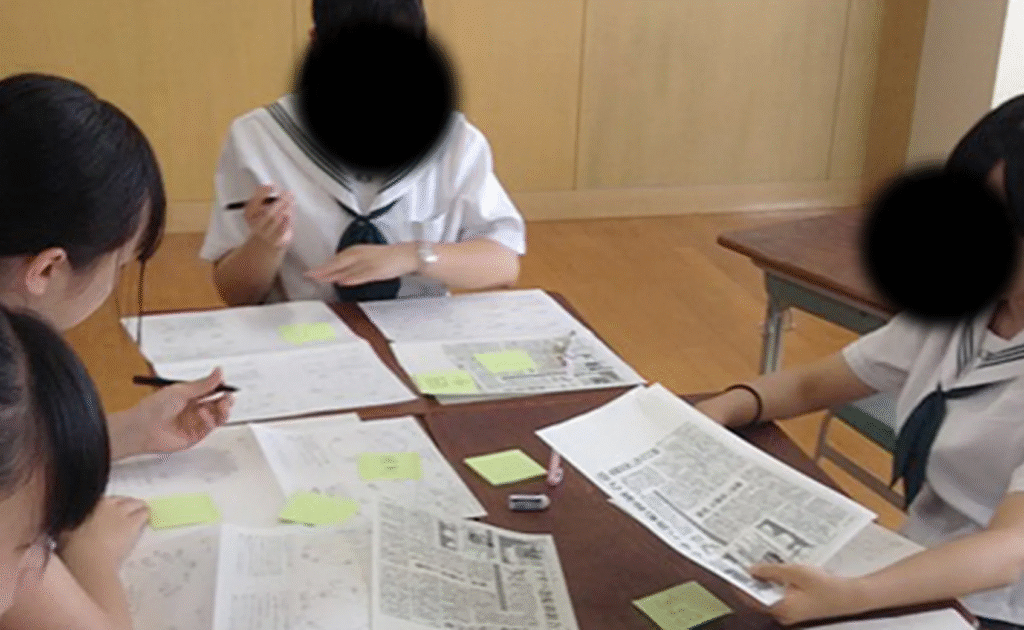
Planning kicks off after spring sports day. Afternoons are filled with brainstorming sessions, and homes echo with dance-track rehearsals. Expect your child to return with purchase forms or crowdfunding links — many schools now supplement the modest school grant with online donations.
Role of Teachers and Parents
Teachers supervise safety and sign cheques but rarely veto student ideas unless costs explode. Foreign parents are warmly welcomed to design posters, check English signage or demonstrate recipes from home countries during hygiene briefings.
4. Festival-Day Highlights
Walk through the gate and you step into a pop-up theme park of handmade flair.
Classroom Attractions

Cafés, escape rooms and retro game arcades fill ordinary classrooms. Popular booths reach capacity early, so map out “must-see” spots first!
Stage Performances
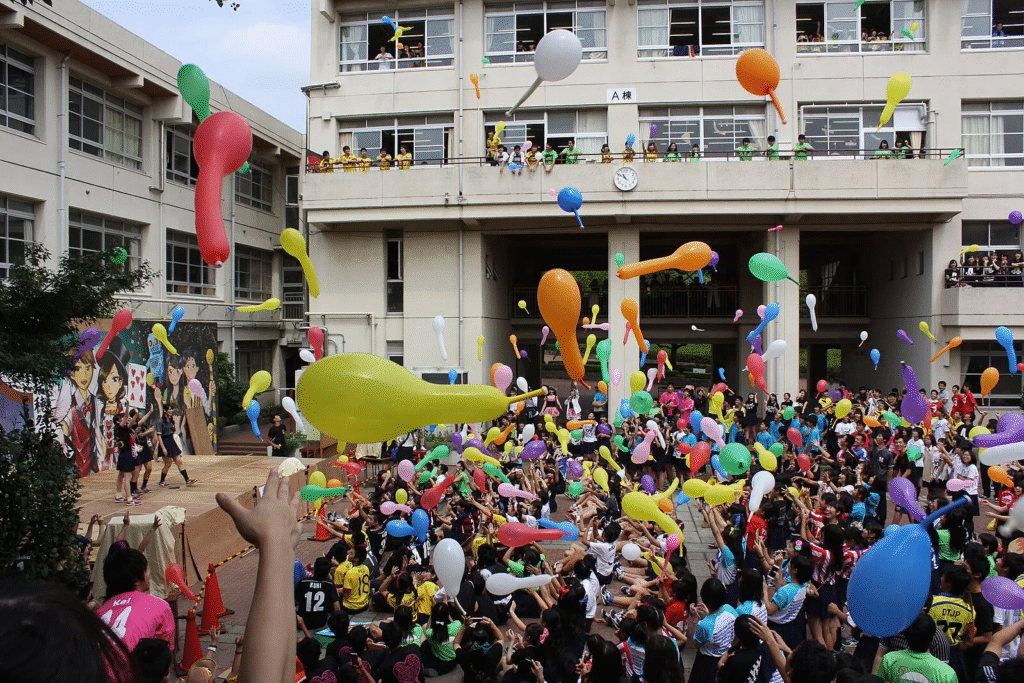
Gymnasiums transform into live venues featuring hip-hop crews, rock bands and thundering taiko drums. Admission is free; bring a portable cushion for floor seating.
Club Exhibitions

Robotics clubs run drone demos while art circles mount galleries. These displays double as recruitment drives for the new school year.
5. Getting Involved as an International Family
Language barriers feel smaller when you share an apron. Typical volunteer roles include greeting guests in English or staffing a global-food corner. Register via the class rep at least two weeks ahead so you can attend mandatory food-safety training.
Festival Etiquette
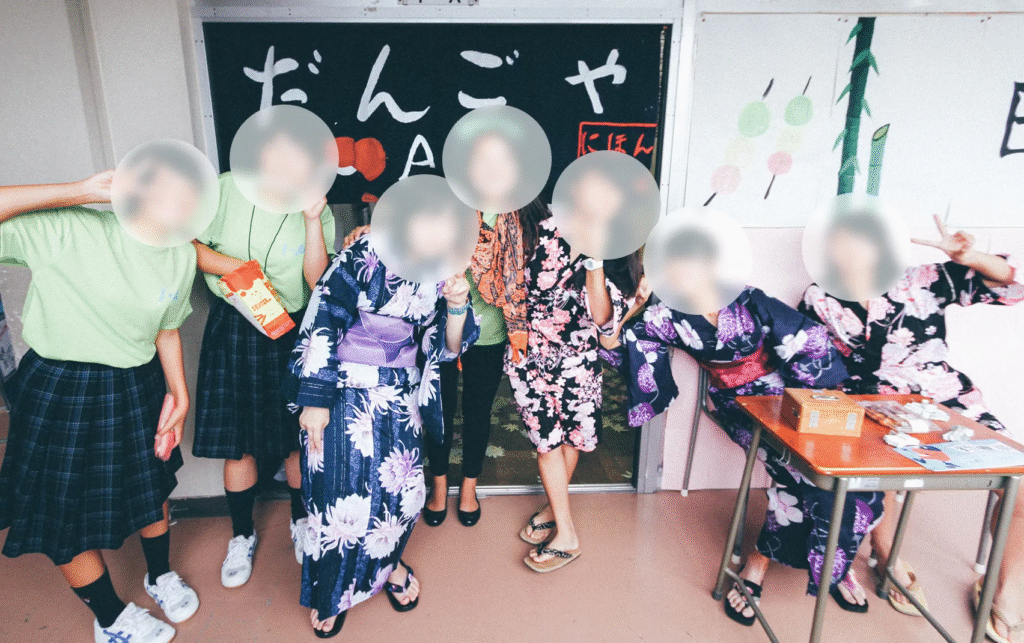
- Dress casually but avoid strong perfume near food.
- Remove outdoor shoes before entering tatami rooms.
- Accept flyers or samples with both hands to signal respect.
Sprinkle simple phrases like “Otsukaresama desu” (thanks for your effort) or “Gochisō-sama” (that was delicious): students love it.
6. Practical Tips for First-Timers

Bring a reusable shopping bag for crafts, a small towel for spills, coins (many stalls lack cashless readers) and a fold-up umbrella for sun or drizzle.
Accessibility: Older campuses may lack elevators. If mobility assistance is needed, inform the school early; many supply temporary ramps.
Health: Popular urban schools can see crowds topping 1,000. Pack hand sanitiser and remind children to hydrate—classrooms are rarely air-conditioned.
7. Key Takeaways
Gakuensai weave self-expression, teamwork and neighbourhood outreach into a single weekend. Understand the student-led roots, respect basic etiquette and volunteer where you can, and you will shift from spectator to cherished participant. The memories—cheering a taiko solo or flipping crêpes beside your child—will resonate long after the last banner comes down. By next autumn, you may even be spearheading an attraction of your own.
According to MEXT 2024 data, over 80 % of junior-high and high-school students rate festival planning as their most memorable school activity.

